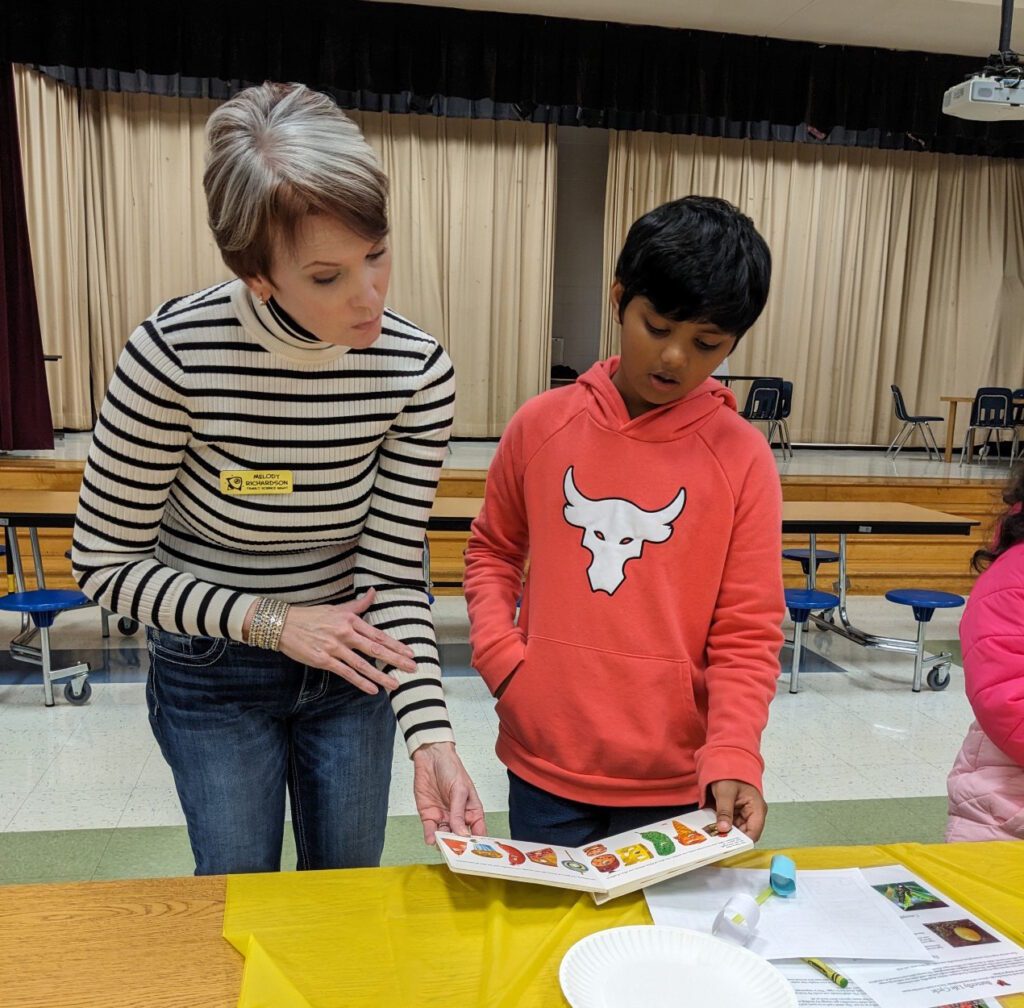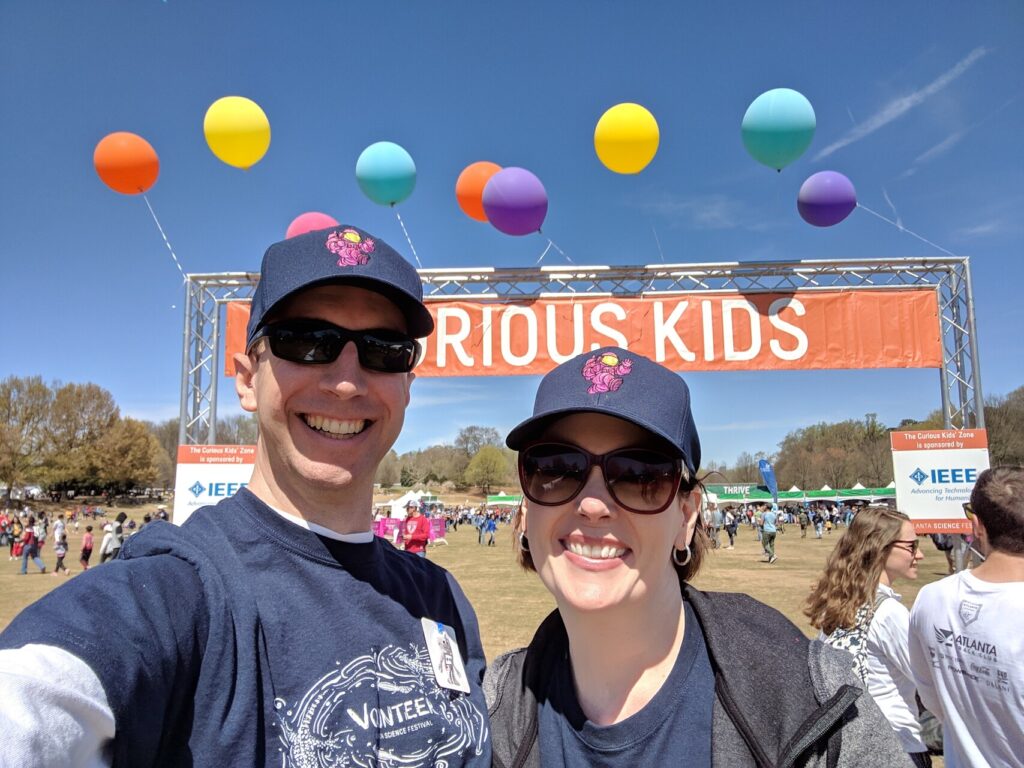


Hello! I’m Melody Richardson, and I’m passionate about making STEM accessible to everyone.
My earliest classroom didn’t have whiteboards, lab coats, or fancy equipment—just Barbie dolls, chalk dust, and a basset hound with zero interest in subtraction. But everything changed in Mr. Young’s class, where he used Slinkys to demonstrate the properties of waves—refraction, retraction, and everything in between. It was simple, brilliant, and completely unforgettable.
That moment taught me a truth I carry with me: when learning is hands-on, fun, and approachable, STEM becomes visible—and it can start anywhere. It doesn’t stay in the classroom—it follows you everywhere.
That experience became the heartbeat of my mission: to help people discover STEM wherever they are. Whether in a classroom, library, community center, or living room, I’ve spent more than 15 years designing outreach programs that meet learners on their own turf—with joy, accessibility, and a big dose of creativity. From family STEM nights to educator workshops, I’ve seen thousands of students light up when STEM feels personal and possible.
That’s exactly why I created STEM on the MOVE—the educational arm of IEEE’s MOVE Community Outreach. It’s a hub designed to support learners from kindergarten through university, offering hands-on activities, outreach playbooks, and practical guides to help you do STEM your way. Whether you’re an aspiring engineer, a curious parent, or a teacher seeking fresh inspiration, STEM on the MOVE is here to help you take that first step—and make it your own.
So, start with what you have. Use your story, your voice, your corner of the world.
That’s how we build a generation of thinkers, dreamers, and changemakers.

